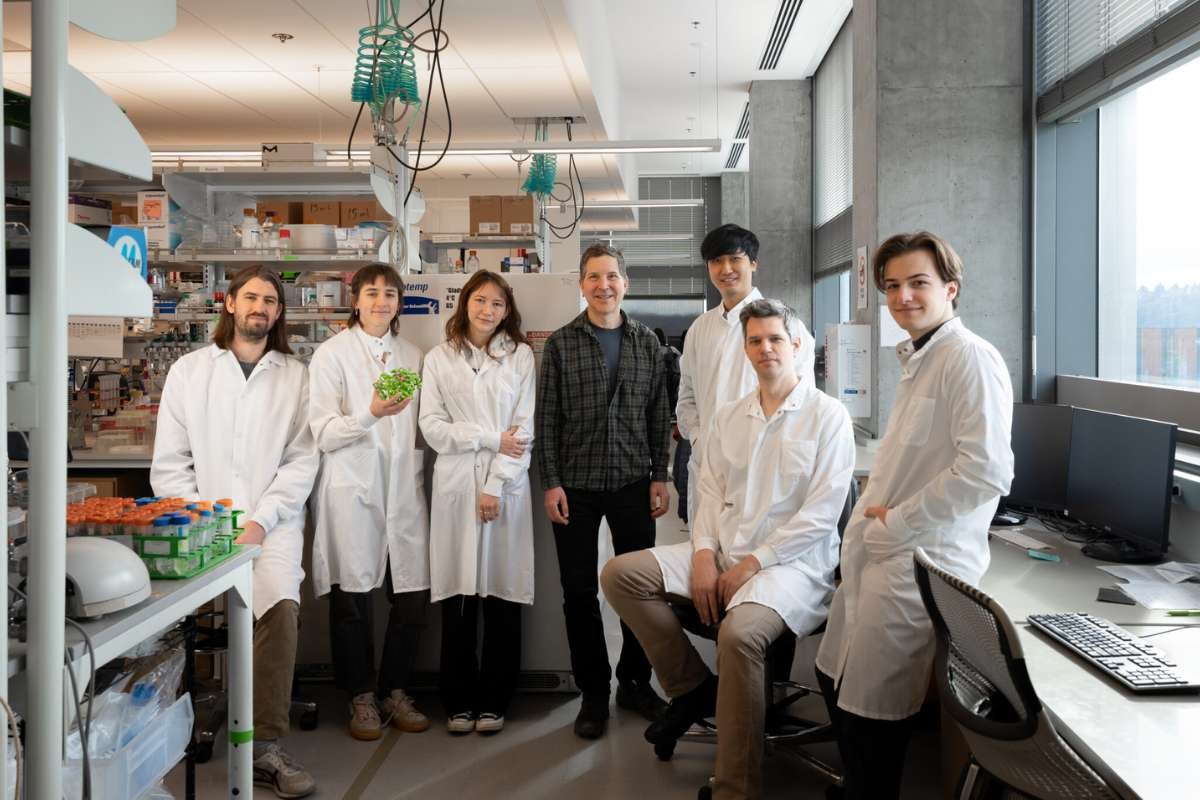Revolutionizing Enzyme Engineering with AI
Researchers have made a significant leap in enzyme engineering by using artificial intelligence (AI) to design new enzymes capable of performing complex, multi-step reactions. This breakthrough, detailed in a recent study published in Science on February 13, marks a major advancement in the field, bringing AI-designed enzymes closer to real-world applications.
Natural enzymes are crucial in biological and industrial processes, including plastic recycling and drug development. However, previous attempts to create artificial enzymes through AI have faced major limitations. Many AI-generated enzymes could only complete the first step of a reaction, failing to carry out the full process efficiently. The latest research overcomes this challenge by incorporating multiple machine-learning techniques, resulting in enzymes that are 60,000 times more effective at catalyzing a four-step chemical reaction than their earlier counterparts.
“This is a milestone in enzyme engineering,” says Huimin Zhao, a synthetic biologist at the University of Illinois Urbana-Champaign. “It shows that we can now design enzymes with native-like activity, making them potentially useful for practical applications.”
Designing Enzymes from the Ground Up
Traditional enzyme engineering has typically involved modifying existing enzymes to enhance their function. While this approach has led to useful innovations, it has significant drawbacks. Scientists often struggle to create highly efficient enzymes that can execute complex, multi-step reactions.
“It’s like buying a suit from a thrift store—it might not fit perfectly,” explains study co-author Anna Lauko, a protein designer at the University of Washington in Seattle. “Similarly, tweaking existing enzymes doesn’t always yield the best results.”
To overcome this challenge, Lauko and her team set out to build enzymes from scratch that could facilitate a four-step chemical process known as serine hydrolysis. This reaction, which involves breaking an ester bond between molecules, is fundamental to many biological activities, including digestion, fat metabolism, and blood clotting.
AI-Powered Precision in Enzyme Design
The research team employed a specialized AI tool called RFdiffusion, previously developed to generate entirely new enzyme structures. To further refine these structures, they introduced an advanced deep-learning model known as PLACER. This model evaluates atomic arrangements within the enzyme and its binding molecules at each stage of the reaction, ensuring that the enzyme’s active sites are properly positioned for maximum efficiency.
“PLACER acts like a filter, verifying that the enzyme is structured correctly for the reaction,” explains study co-author Zou. “This approach is highly innovative and represents a significant advancement in the field.”
Experts believe this breakthrough will pave the way for more effective AI-designed enzymes, opening new possibilities in medicine, biotechnology, and environmental sustainability. As AI continues to refine enzyme engineering, the potential for custom-designed catalysts in industrial and scientific applications is greater than ever before.







